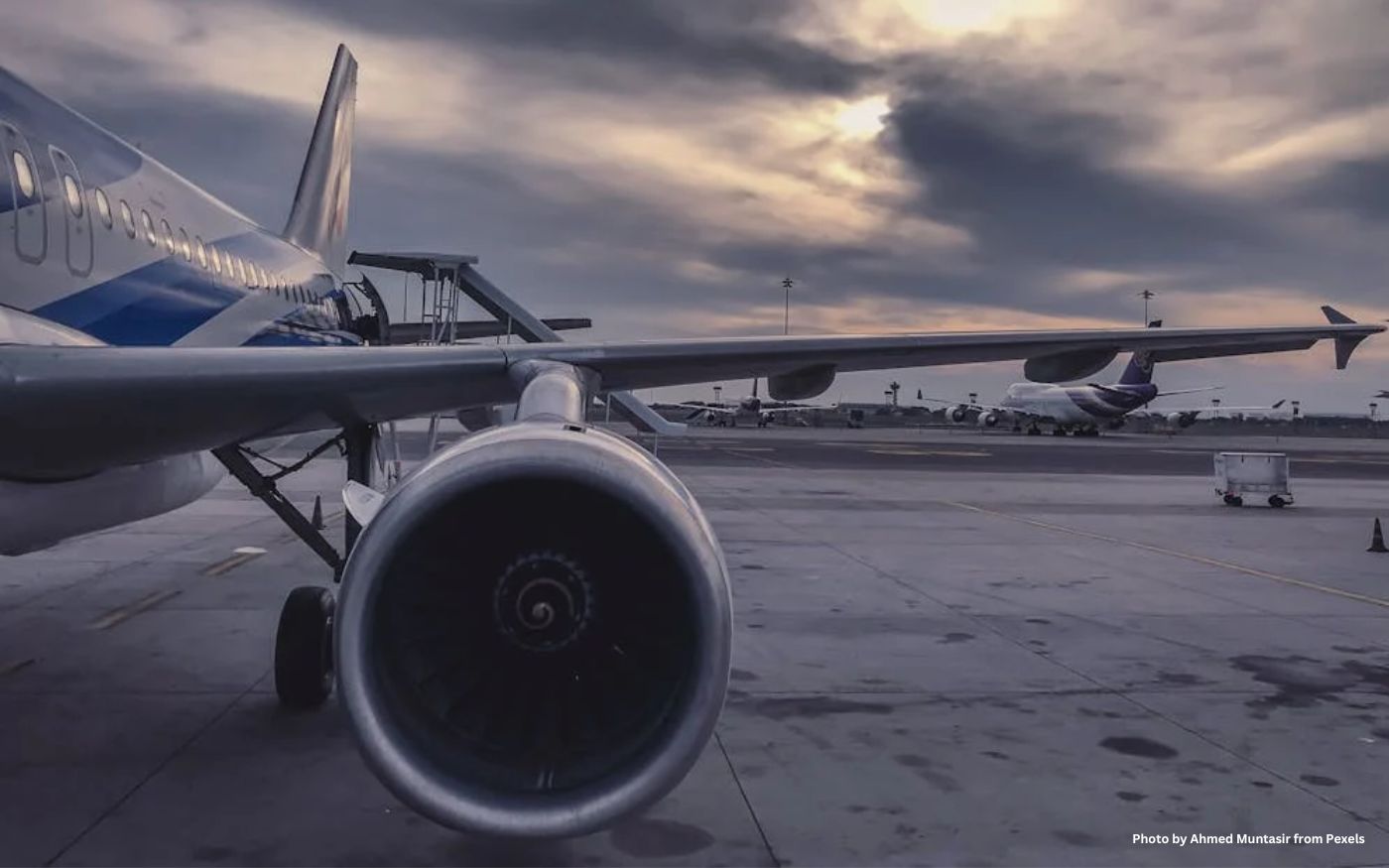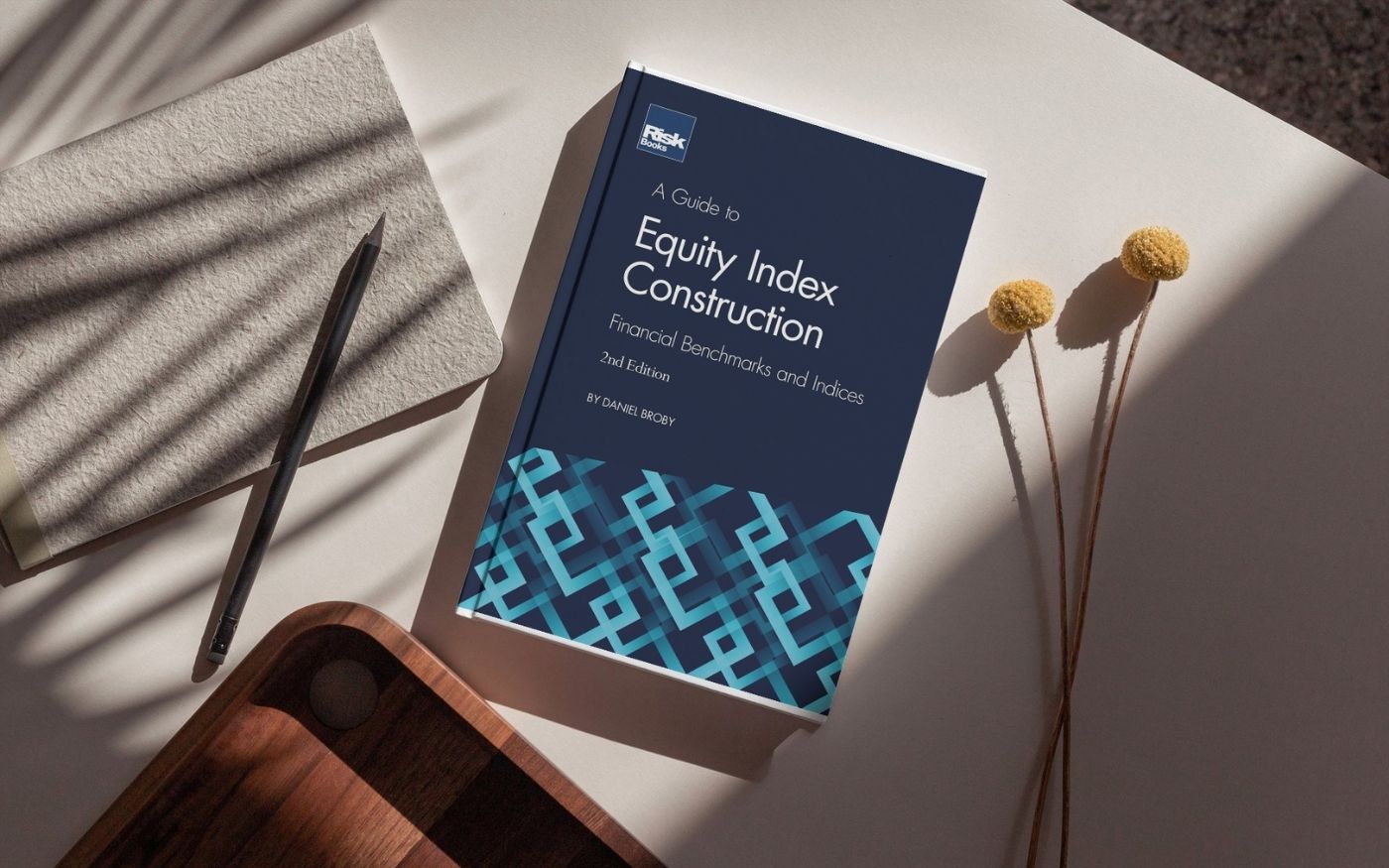Research by: Marissa P. Liponhay, Alyssa V. Valerio, & Christopher P. Monterola
EXECUTIVE SUMMARY
The problem of air pollution is a pressing issue that impacts not just our health but also the environment and contributes significantly to climate change. Despite the known connections between air quality and weather, there’s been a gap in understanding how these elements interact over time, particularly how weather can affect different air pollutants after a certain period.
This study takes a deep dive into this issue by employing a sophisticated causality analysis called Convergent Cross Mapping (CCM) to untangle the complex, time-shifted relationships between weather patterns and air pollutants in Baguio City, Philippines. Baguio, known as the “Summer Capital of the Philippines,” faces unique environmental challenges due to rapid urban growth and a booming tourism industry. The researchers deployed pollution sensors and captured a time series measure of airborne particulate matter (like PM1, PM2.5, and PM10) and volatile organic compounds (VOCs) alongside local weather conditions from September 2022 to April 2023.
The study’s breakthrough findings reveal how specific weather conditions can significantly influence air pollution levels, with effects sometimes delayed by up to nine days. This insight into the delayed impact of weather on air quality is the first reported result of the causality of pollution spreading, and it sheds light on the intricate dynamics at play. Understanding these relationships is crucial for developing more effective environmental management strategies and policies to reduce air pollution and its harmful effects.
By mapping out these connections, the research provides essential insights for tackling air pollution more effectively, highlighting the importance of considering how the weather can indirectly influence air quality over time. These findings are invaluable for formulating informed environmental policies and interventions in fighting air pollution.
Keywords: Air Quality, Meteorological Variables, Convergent Cross Mapping (CCM), Causal Inference, Time-delayed Causation
To cite this article: Liponhay, M. P., Valerio, A. V., & Monterola, C. P. (2024). Time-delayed causal network analysis of meteorological variables and air pollutants in Baguio City. Atmospheric Pollution Research, 15(6), 102095. https://doi.org/10.1016/j.apr.2024.102095
To access this article: https://doi.org/10.1016/j.apr.2024.102095
About the journal
Atmospheric Pollution Research (APR) is an international journal designed for the publication of articles on air pollution. Papers should present novel experimental results, theory, and modeling of air pollution on local, regional, or global scales. Areas covered are research on inorganic, organic, and persistent organic air pollutants, air quality monitoring, air quality management, atmospheric dispersion and transport, air-surface (soil, water, and vegetation) exchange of pollutants, dry and wet deposition, indoor air quality, exposure assessment, health effects, satellite measurements, natural emissions, atmospheric chemistry, greenhouse gases, and effects on climate change.
Journal ranking
| Chartered Association of Business Schools Academic Journal Guide 2021 | Not Ranked |
| Scimago Journal & Country Rank | SJR h-index: 62
SJR 2022: 0.96 |
| Scopus | CiteScore: 7.9 |
| Journal Citation Reports (Clarivate) | JCR: 0.86 |





